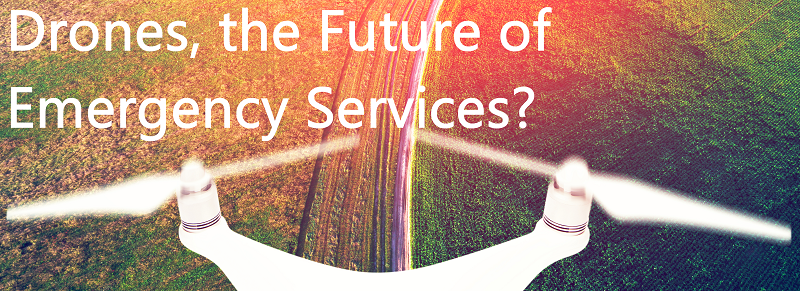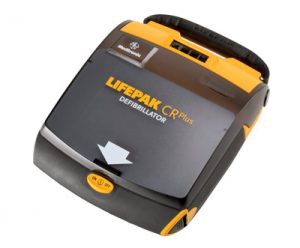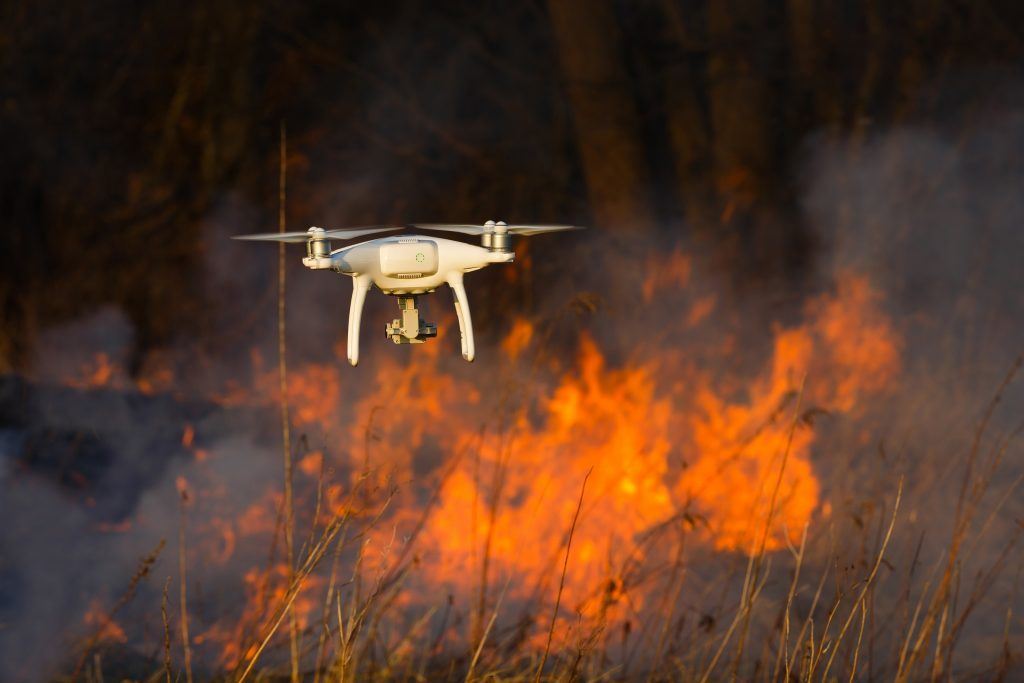In the case of a 999 call, time is of the essence. In this situation an ambulance is called which, depending on where the emergency is, may take a while to arrive.
For a situation such as a cardiac arrest, where every second counts, an ambulance might not get there in time. This is usually down to the location of the emergency as well as how busy the roads are. A remote location may not have easy road access and that is a huge problem.
In Sweden, they may have found the answer. For a cardiac arrest, a defibrillator is required and if there is not one nearby then a drone could be the difference between life and death. The advantage of a drone for delivering a defibrillator to a hard to reach area, such as a forest or a rural village, is speed. The drone is said to be able to reach an emergency at least four times faster than an ambulance.
There are a few potential drawbacks though. Firstly, even though the defibrillator for a cardiac arrest would be an AED (Automated External Defibrillator) that doesn’t need any training to use, in a high pressure situation, the person using it may make mistakes getting to work, despite the audio and visual guides. With an ambulance, you will always get a trained professional who knows exactly what to do.
Another potential issue is the technology of the drone itself. Drones are relatively new and, as always, new technology is more likely to fail than more tried and tested technology. As time goes on, this will become less of an issue as the drone technology matures but for something like a cardiac arrest, the drone failing to reach its destination would almost certainly result in death.
You could say that user error could lead to the drone crashing, but the same can be said for an ambulance. Self-flying drones will eventually become a thing in the near future if the rate of technological advancement is anything to go by.
Weather is another factor, some areas of the UK will face extreme weather at various times of the year, and that could cause a drone to crash. The signal from the drone could be affected as well, causing the drone to potentially go missing.
There are other potential uses for a drone outside of a defibrillator carrier, that could bring a big change to how emergency services respond to calls.
Potential uses for a drone could be a fire extinguisher, as the drone could fly up above the flames and extinguish them more effectively from above. A drone could also be used instead of a police helicopter as it is more nimble and can get closer to the ground to search for criminals.
The other good thing about the drone is that using one instead of an ambulance, helicopter or fire engine would allow the ambulances to be used for emergencies that a drone cannot be used for, allowing for more emergency cases to be covered.
The testing of drones in Sweden is a potentially huge development in the advancement of emergency response. Drones will give the emergency services more flexibility and their implementation could improve emergency services, not just in the UK, but all over the world.
However, until that times comes, it is best for any business to have a defibrillator on the premises to ensure that there can be a fast response to a Sudden Cardiac Arrest.



